Photographing Children – Ten Elements for a Successful Photoshoot
Of all the careers in photography, photographing children has to be among the most difficult yet most rewarding. On one hand children are mostly photogenic and always have great expressions which make for some good photos, but the downside is that kids rarely hold still and are random, unpredictable, and sometimes moody – and you thought wedding photography was an emotionally intensive field!
Trying to capture a photo that looks great, of someone who is as wiggly as a puppy takes some skill, which is one reason why parents hire professionals to do it!
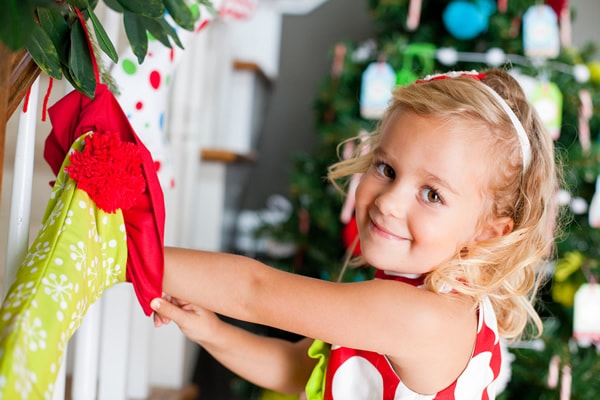
photo by Anders Ruff Custom Designs
Today we will cover some tips to help you capture the memories, and stay sane throughout the process!
Get Ready – Ahead of Time
Get ready before you head out. Make sure you have all the gear you will need. Lenses, memory cards, spare batteries, reflectors, and possibly diffusers or strobes.
It’s also an idea is to meet up with the kids and family before the photoshoot, so they can get to know you. This will help them to be more relaxed around you during the shoot.
Know Your Gear
If you have a choice, try to use a lens that has a wide focal range, and a wide maximum aperture. But of course, while having a fast lens is helpful, you don’t have to spend tons of money on a telephoto lens in order to get some great shots. Use whatever gear you have available to you. The key to great shots is knowing how to use the equipment you have. For most portraits, your standard kit lens with a focal range of 18-55mm is usually sufficient; just zoom to 55mm for most portraits.
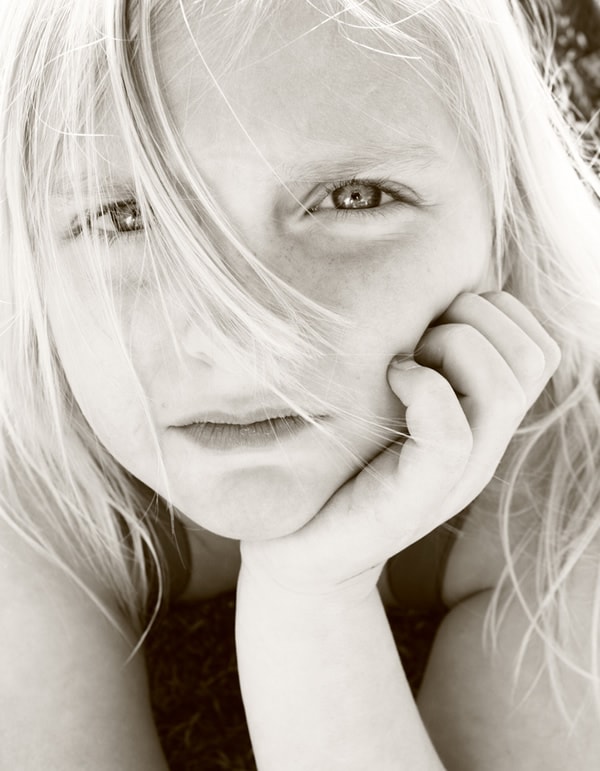
photo by D Sharon Pruitt
Natural Light
Natural light is the best light. Not only is it ideal for skin tones, it’s also non-obtrusive. Some kids find strobes and flashes scary.
If you’re shooting outdoors, consider the lighting conditions and whether or not you will need any diffusers or reflectors. Reflectors can help you make the most of available light –without requiring the use of a harsh flash.
When shooting indoors, try staging your photoshoot near a window with lots of open light. Windows diffuse light perfectly, and create an evenly lit subject.
If you have a good amount of natural light, try to use an ISO of 100-400. With kids you will have to work fast, so you might want to choose a fast shutter speed of about 1/500 or so, and use a wide aperture (f/1.8-f/4). This will draw your subject into focus while blurring the background.
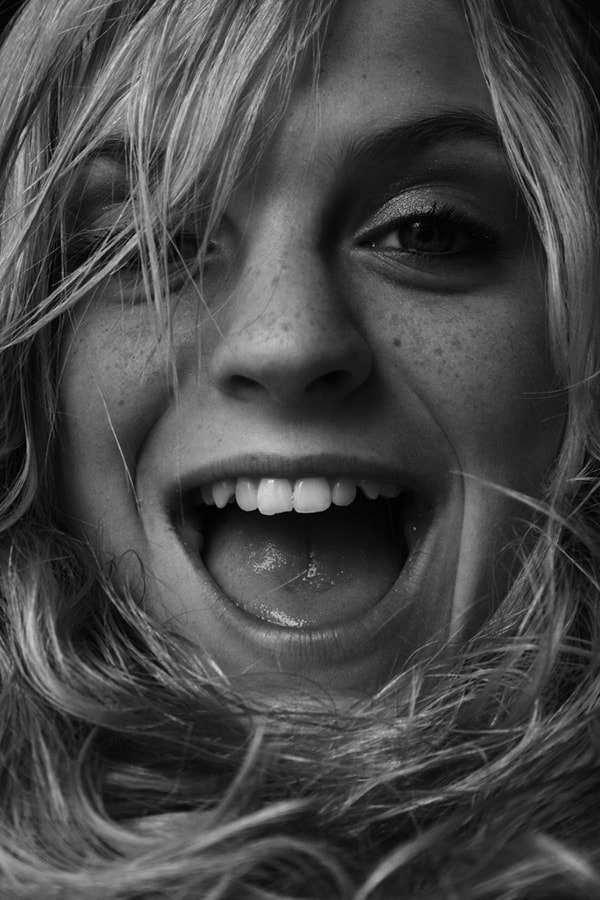
photo by D Sharon Pruitt
Don’t Say Cheese!
Telling kids to say “cheese” is a guaranteed way to get some cheesy smiles. Kids look much better with natural expressions. Even neutral faces are better that fake smiles. To get the best expressions, do something silly to make them laugh, or wait until they start having fun, then snap away!
Simple Background
I’m a big fan of simple backgrounds. Simple backgrounds pull the subject into focus, and keep things from looking too busy or cluttered. You don’t have to use a plain white background to achieve this look, using a wide aperture can help to blur out a busy background and if there’s a light source, may even create some great looking bokeh in the background.
Focus
Distracting cluttered photos are one of the biggest mistakes made when photographing children. Remember, “If it’s not good enough, it’s not close enough.” This is especially true with children. Beware of distracting details in the viewfinder. Cups, wires, and clutter are all distracting details that make photos look busy and unprofessional. You can even try filling the frame with the child’s face, adding some fun variety to your photoshoot and getting some great close ups of their eyes.
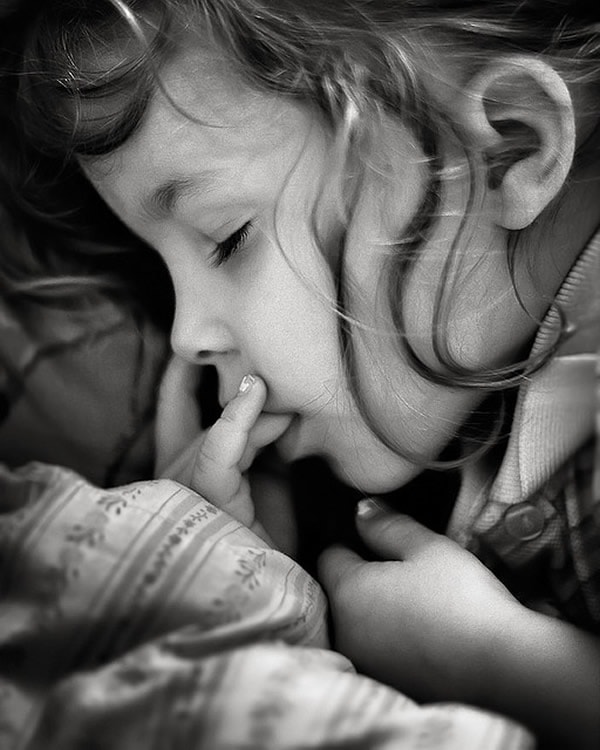
photo by Jay Ryness
Eyes
All good portraits have one thing in common: the eyes are always in focus. It may seem like a small detail, but many a great photo has been ruined by blurry, improperly focused eyes.
One way to add an extra something to your photos is to capture those little light reflections known as “catchlights” in your subject’s eyes. You can use a reflector to help you create catchlights, or create them naturally if you have an overcast day. Try having the child look up towards the sky, while you photograph looking down on them. The light will reflect beautifully in their eyes, making them sparkle.
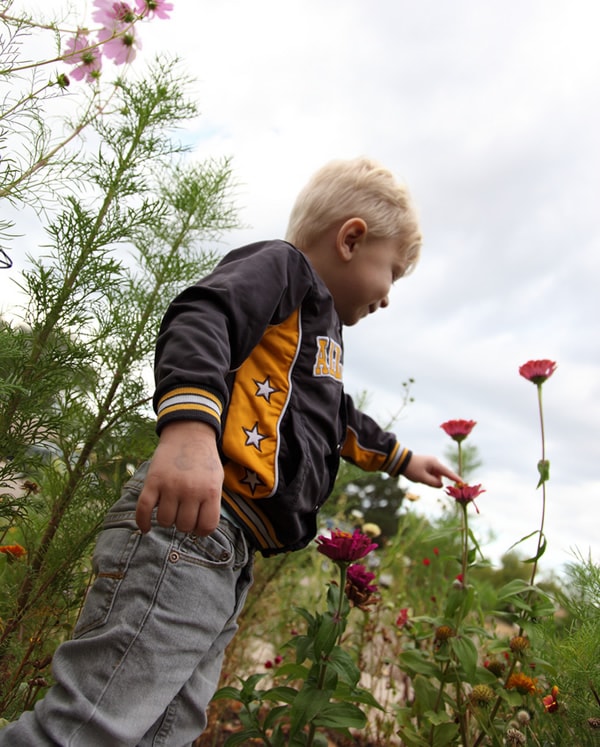
photo by D Sharon Pruitt
Get on Their Level
Going to the child’s level will add an interesting perspective to your photos. Don’t be afraid to get down low, or up high. Capturing the world through their perspective will also add to your photos.
Letting the child run and explore generally makes for a happier kid, and better pictures. This also leads to some interesting backgrounds and foregrounds.
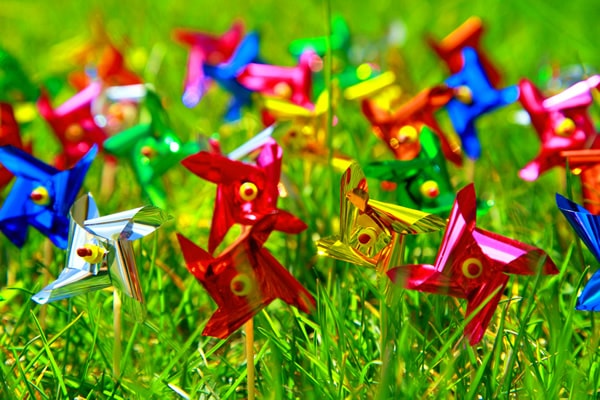
photo by D Sharon Pruitt
Go Abstract
Mix it up by adding in a few abstract shots. Zooming in on some of the elements from the shoot can be a great way to add variety to the photos. Try including some close-ups of their eyes and hands, or things like shoes, hats and toys. Keep your eyes open for colorful objects to add life or ‘pop’ to your pictures.
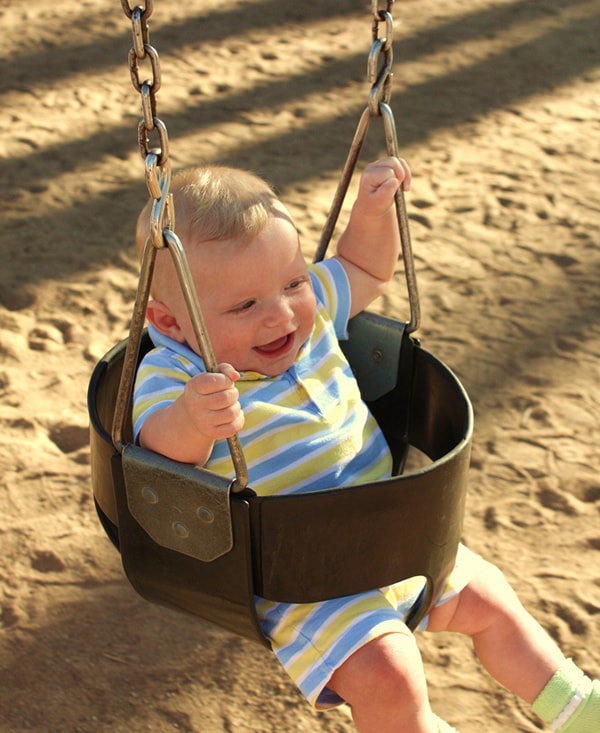
photo by D Sharon Pruitt
Keep ‘em Happy
Kids are perceptive; they pick up on stress and often make it their duty to take it to a whole new level. Don’t let your photoshoot to turn into a wrestling match that no one will want to remember!
Just have fun with the kids. If you’re relaxed and happy, they will tend to be more relaxed too, giving you plenty of opportunities for some great shots. Bringing along a couple of toys can also help hold the child’s interest -for a bit, and will also double as colorful props. Keeping things light and doing some silly faces can go a long ways towards keeping kids happy.
Some of your best photos might surprise you. I find that these are often the ones I hadn’t planned on taking. The best photos of children are the ones that tell their story, complete with emotions and expressions that perfectly describe the moment.
